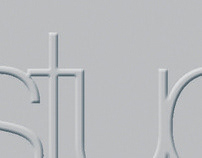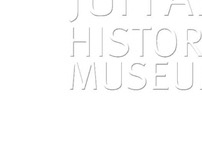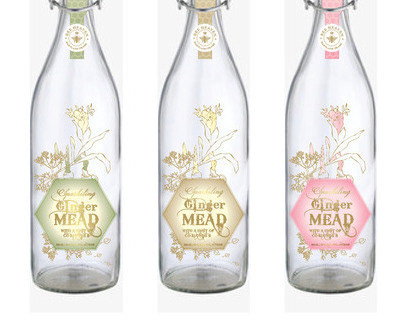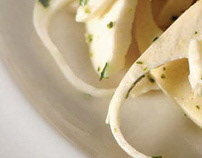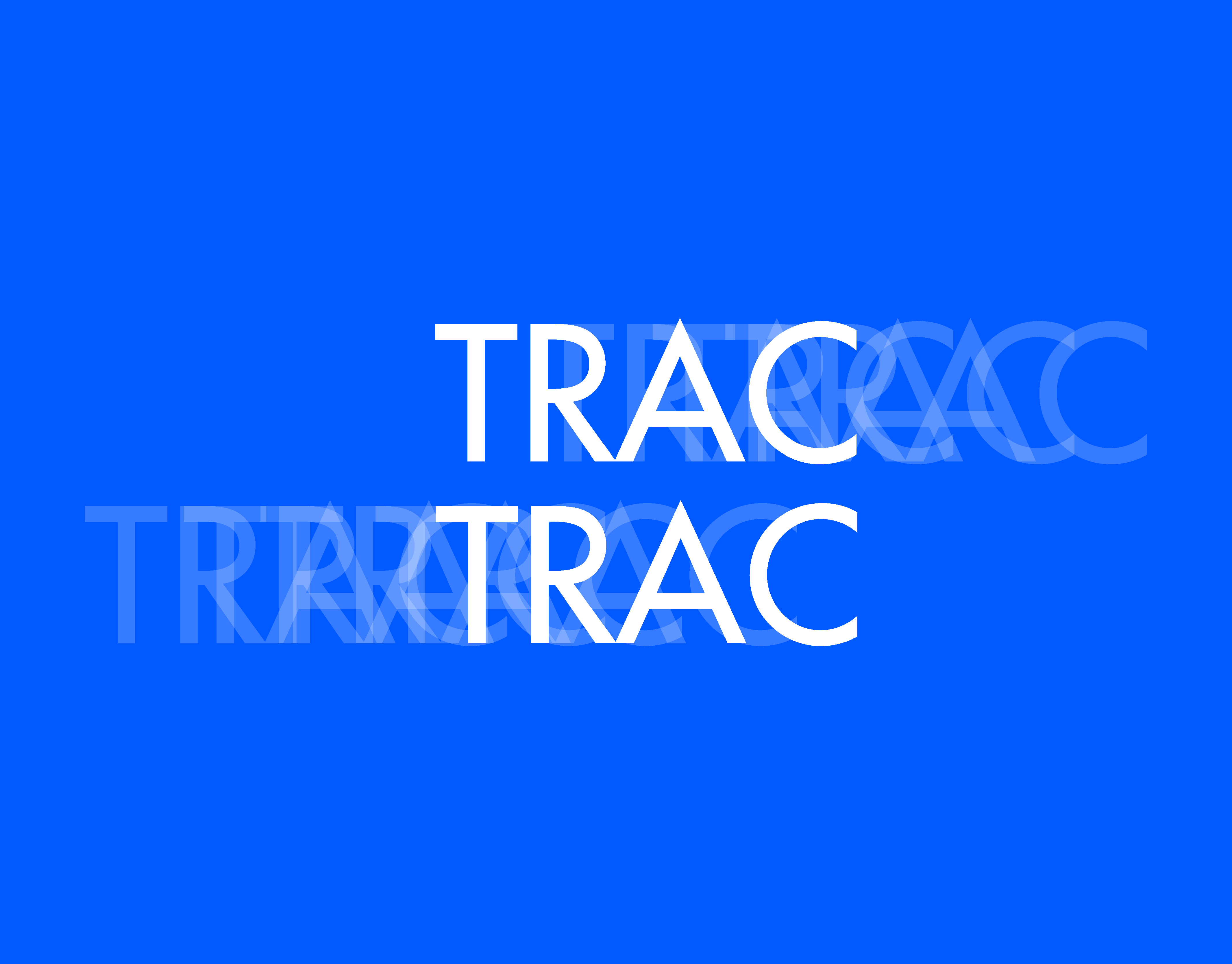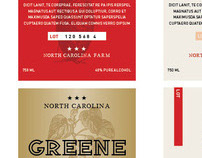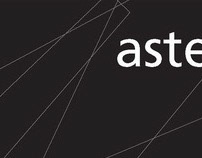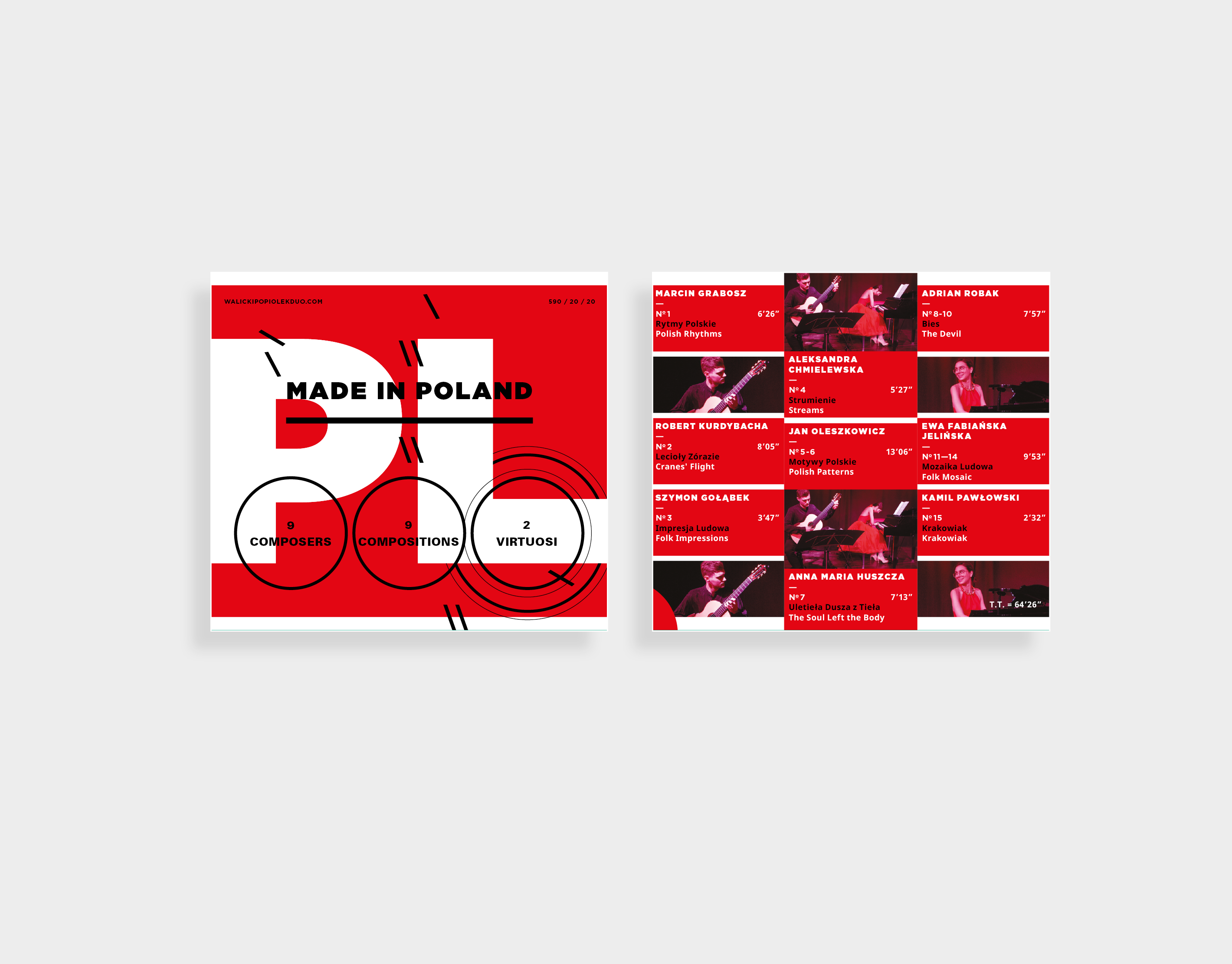Timothy Adams Chocolates
Lucky the Pink Bunny and the Birth of a New Brand Challenge Create a brand identity for Timothy Adams Chocolates, an upscale Palo Alto chocolatier // Establish and communicate an engaging brand story / Design a brand look that encompasses the shop, its products, packaging, and promotional materials / Create a lovable and iconic brand character / Assure brand continuity over time, while allowing for constant flexibility and innovation / Have lots of fun! Background When it comes to fine food, Timothy Woods and Adams Holland have put in their 10,000 hours. Their story starts with rigorous training in the chocolate capitals of the world, Amsterdam and Vienna. Which is where they gained delicious hands-on experience. And a deep expertise in global chocolate sourcing. The story also includes their restaurant, the Echo, in Fresno, CA. Which is where they pioneered their "straight from the farm" food philosophy. And built an enviable rapport with the best local suppliers. They dreamt of combining these two threads in a superb chocolate shop. Brand creation The story / The Timothy Adams Chocolates story is rooted in the personality of the partners. It’s a story of experience and expertise. Of dedication to superior quality, local sourcing wherever possible, and an artisanal approach with hand made excellence. Above all, it’s a happy story. The look Colours / Avoided the "natural foods" cliche of earthy browns, burlap textures, etc. Instead, chose vibrant, powerful, warm colours, always calmed down with white. Textures / The inspiration comes from hand made items. The designs are suffused with fabric-like textures, stitching, and hand stamping. The character / The brand mascot needed to be fun but not cutsey. Symbolic and at-a-glance recognizable without being realistic. Friendly but not cuddly. And with the power to hop to it when the brand needs iconic support. A graphic rabbit in a shocking shade of pink seemed like the right fit. Lucky the Pink Bunny was born. Continuity and flexibility Decided against the constraints of the traditional Brand Guidelines approach to assure continuity and flexibility. Instead, chose to trust in an organic evolutionary process, which, of course, requires constant close cooperation between designer and client.

